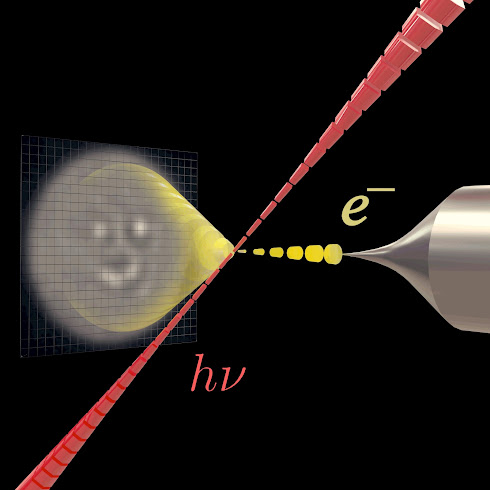West Virginia University researchers are resurrecting discarded electronics, recycling electronic waste and recovering minerals from it to make new products critical for national defense.
Terence Musho, associate professor of mechanical and aerospace engineering at the Benjamin M. Statler College of Engineering and Mineral Resources, is leading the project, which received more than $250,000 from the Defense Advanced Research Projects Agency at the U.S. Department of Defense.
The U.S. currently depends on countries like China to provide raw materials that are essential to electronics enabling its national defense. But according to Musho, that “reliance on foreign national resources has led to the White House identifying a critical shortage in the semiconductor supply chain.”
Musho said that shortage is one reason the DOD is eyeing readily available electronic waste like old “LEDs and microelectronic circuits used for amplifying radio frequencies, which contain critical supply chain materials.”











.jpg)



.jpg)

